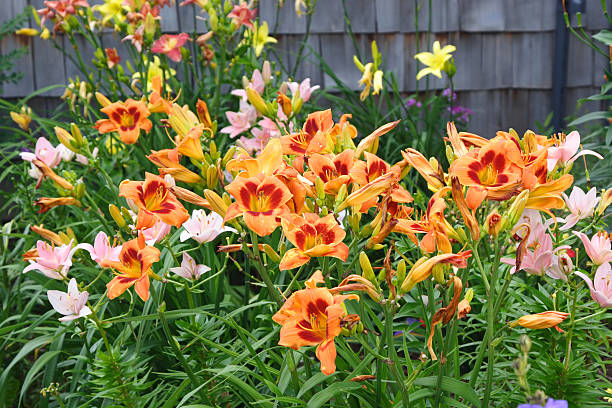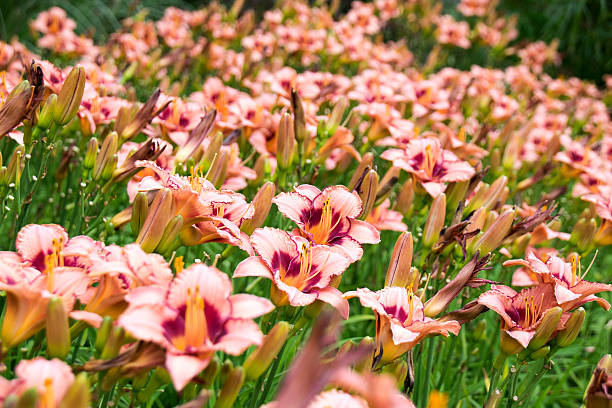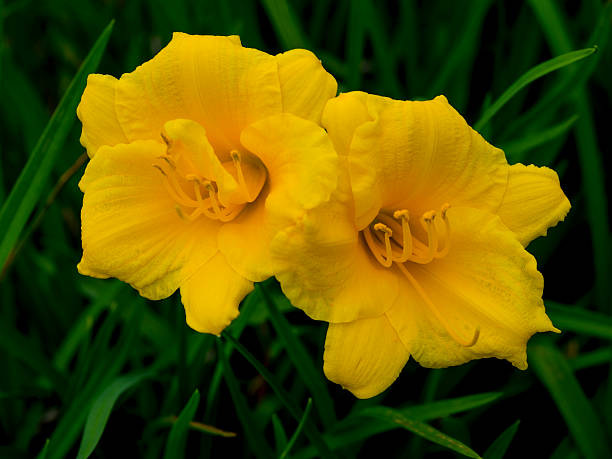Do Deer Eat Daylily?
Almost all plants are in deer’s diet, and daylily is no exception. There have been reports of deer nibbling on the daylily blooms. However, there are deer-resistant daylily varieties. Established daylilies can withstand even the most severe deer damage because of their extensive root systems. Even though your deer-eaten daylilies won’t bloom this year, at least you know they’ll survive.
Daylilies are a popular ornamental plant that produces vibrant and attractive flowers. While some varieties of daylilies are edible, not all of them are safe for consumption.
Table of Contents
Ways to Protect Your Daylily From Deers
Keeping your daylilies under protection is the best way to ensure healthy growth and protection. What you should be careful of is deer hiding around. It’s high time you learned how to prevent your daylily plants from deer in the first place. For you who are yet to plant your daylily, we have compiled a list of preventive measures to help you protect against these charming creatures called deer.

Planting Methods
Protect your daylily from deer by surrounding them with plants they dislike eating. You can keep animals away from your daylilies by planting these kinds of plants around them. Forsythias and lilacs, for example, are shrubs that deer don’t like. Flowers like ferns, marigolds, daffodils, tuberous begonias, peonies, lavender, and poppies can be a natural deterrent for deer in your garden. You can also use prickly plants like cacti.
Adding variety to your garden can protect your daylilies while creating a more visually appealing and stunning landscape. These plants will help keep your daylilies safe from deer while making your flowerbed look more appealing overall.
Fencing
Consider installing a fence around your garden to keep deer away from your daylilies. On the other hand, a fence is only useful if it is tall enough to keep a deer away from your blooming flowers. Adult deer are excellent jumpers, especially when it comes to leaping. Too-short fences and walls are no problem for these experts. As a result, you’ll need a fence at least six feet high to keep deer out of your flowerbed.
Remember that while fences have a proven track record of keeping deer out, they also hide all your hard work in the landscaping. A high fence makes it harder for passersby to appreciate the lovely space you’ve created, so it’s not the best option for showcasing your flowerbed.

Scare Tactics
Deer are fearful and timid animals. They can’t exist without it. Another way to keep your daylilies safe is to take advantage of their increased fear.
Deer can be frightened in a variety of ways. Daylilies should be planted close to the house so you or your pet can see the animals scurrying around. They are easily scared away by yelling, smashing windows, or even a barking dog. You can also play loud radio to deter them. Please use loud instruments or empty cans whenever they try to step into your gardens.
You can also use motion-activated lights to scare the animals away at night. Lights are activated by their movement, which in turn scares them away. There are also water-based motion sensors available for purchase. Using these deterrents will keep deer away from your daylilies and other plants, which is good.
Deer Repellents
Using repellents is another way to keep your daylilies from being eaten by deer, bar soap and hair, for example, deter deer.
Deer seem to be deterred by the smell of soap. Soap with a strong, soapy scent is the best. Use a sharp stick to puncture bars of soap and hang them from mesh bags around your garden.
Keep the hair you remove from your hairbrush when you clean it. Similarly, keep the hair from your pet’s brush. Hang the bags of hair and fur around your garden. Deer may be frightened by the scent of human hair or animal fur.
Many commercially available deer repellents, some containing rotten egg solids or fungicides, are on the market. Using a commercial repellent requires careful attention to all of its instructions. Plants need to be sprayed directly with most commercial repellents to keep deer-eating vegetation. After a rain, some repellents must be reapplied, and new growth should always be treated with repellent.
Deer-Resistant Daylily
Stella de Oro Daylily

Those who love daylilies but live in deer-infested areas should not give up. Because of this, daylilies like the Stella de Oro daylily have been genetically modified to resist deer damage. USDA plant hardiness zones 3-10 see abundant blooms from early summer to mid-fall on this cultivar. It has golden yellow trumpet-shaped flowers and is a rebloomer. However, almost no plant can withstand deer completely, and deer may nibble on this daylily to supplement their food supply after a particularly harsh winter. If a food source is nutritious and palatable, deer will be drawn to it. They may leave the daylilies alone once other treats have sprouted in search of better food.
